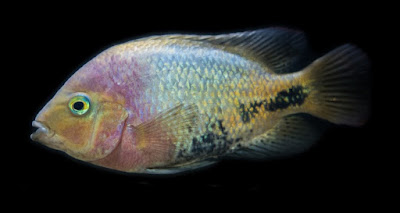Convergent Traits Best Explained by Engineered Adaptability
We have been examining a number of posts on the subject of engineered adaptability, which is a concept for setting up a framework of design. Instead of accepting the erroneous but persistent view of Darwin and his followers that changes are based on external influences, engineered adaptability is about how organisms adapt from the inside. That is, the Master Engineer built the ability to adapt into organisms. Darwin need not apply.
The hands at the Darwin Ranch (take Folly Road up yonder to Deception Pass, but the Winkie Guards are likely to turn you back) are being more unscientific than usual of late. They are appealing to various forms of mysticism en lieu de observational and testable science. One of these is the secular miracle of convergent evolution, which is a rescuing device that has no actual substance.
Many critters have similar traits that evolutionists cannot successfully evosplain, so they appeal to convergence. Meanwhile the Institute for Creation Research is doing what the last word in their name indicates. In this case, they are developing a continuous environmental tracking model that "explain independent, rapid, and repeatable expression of similar traits".
 |
| Vieja cichlid image credit: Unsplash / The Cofish Store |
Many critters have similar traits that evolutionists cannot successfully evosplain, so they appeal to convergence. Meanwhile the Institute for Creation Research is doing what the last word in their name indicates. In this case, they are developing a continuous environmental tracking model that "explain independent, rapid, and repeatable expression of similar traits".
Diverse creatures have repeatedly been observed rapidly and independently converging on the same traits needed to solve similar environmental challenges. How extensive is this phenomenon? Harvard biologist Jonathan Losos said in 2017, “In recent years, scientists have identified convergence in almost any type of trait you might imagine.” Such widespread repeatable—indeed, predictable—expression of similar traits should make researchers question whether this outcome is due to chance.To read the rest (and learn about the CET model), click on "Engineered Adaptability: Designed Mechanisms Best Explain Convergent Traits".